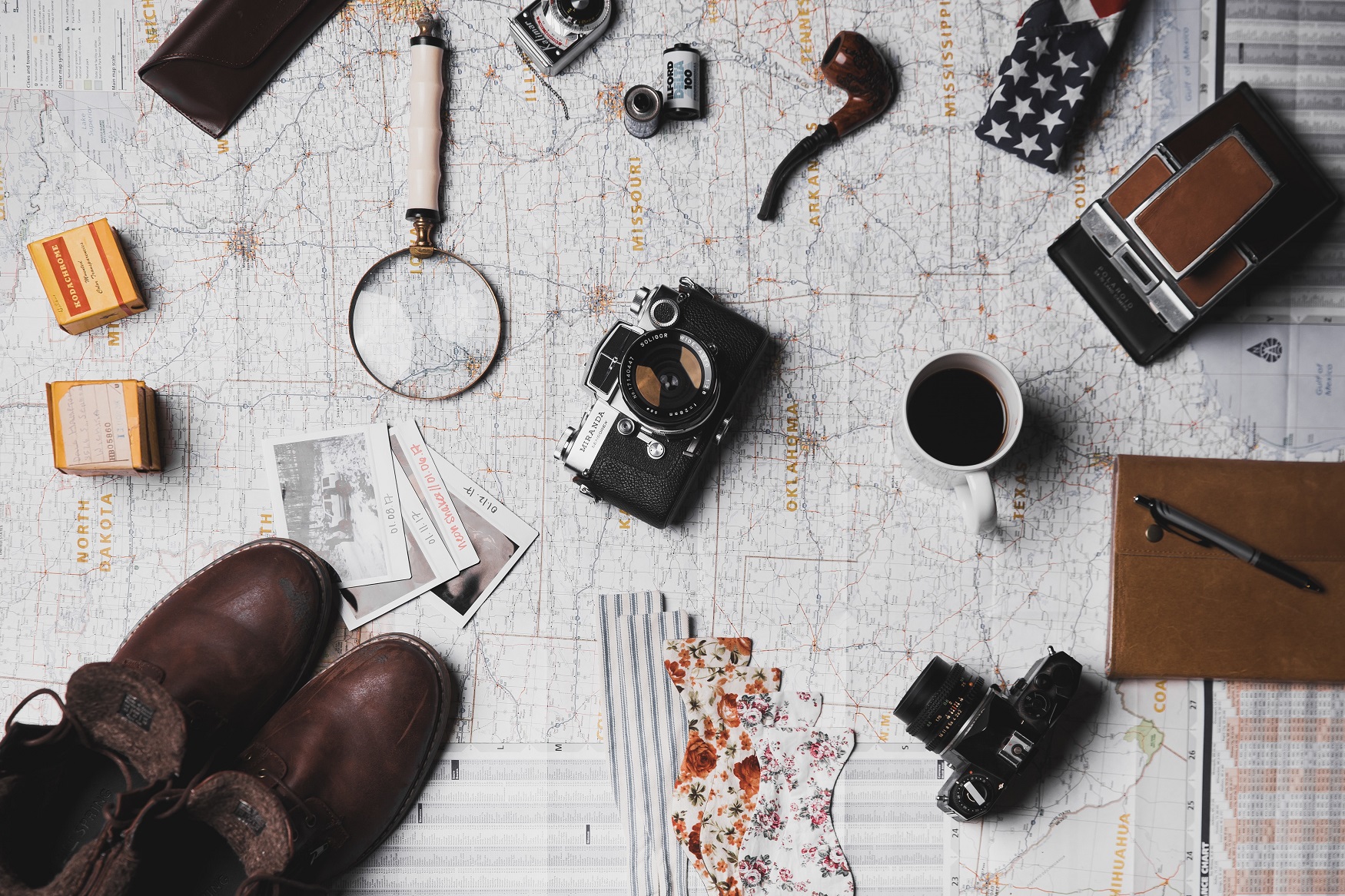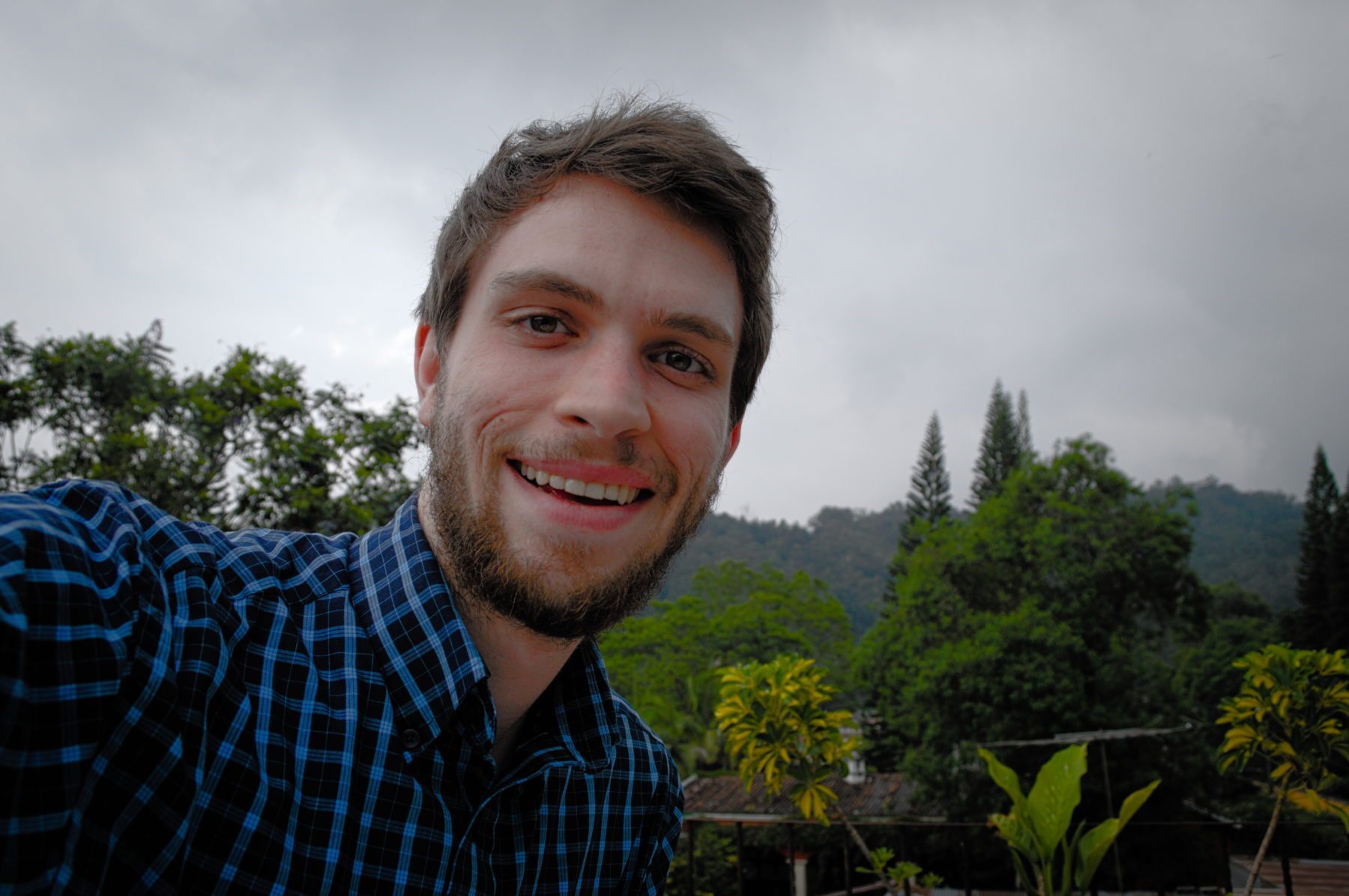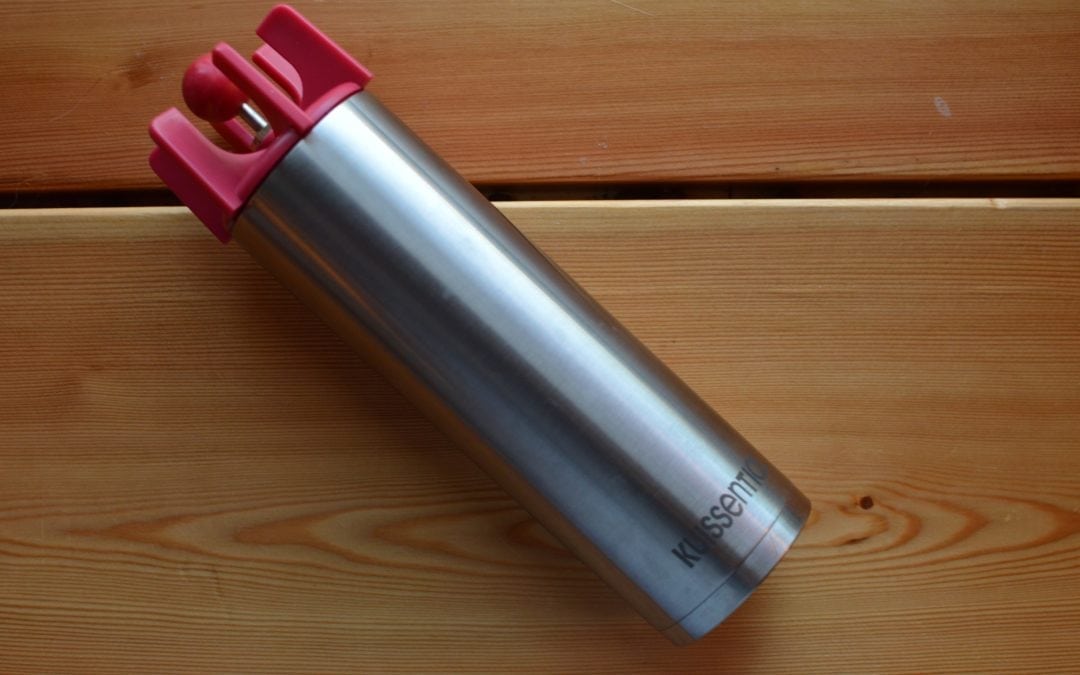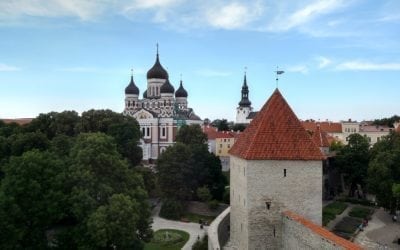821,250,000,000.
This is the number of cups of coffee consumed every year all over the world.
Every day, an estimated 2.25 billion coffee cups are downed by coffee lovers worldwide. So far, the projected revenue is $436,632 million USD for 2021.
The numbers are in. People of the world do love their cuppa. If you’re one of these coffee fans, here’s a question for you: Do you know where your favorite cup of single-origin Brazilian coffee, espresso blend, or decaf came from?
Where in the World is Coffee From?
It is undeniable that coffee is one of the most popular and widely consumed beverages globally. With production in the billions, the coffee industry is also continually developing innovative methods of producing, roasting, brewing, and serving coffee.
Sustainable practices for growing and sourcing coffee are also gaining traction since there is a considerable demand for farmer-identified, rare, and traceable coffees. There are upstanding coffee companies that prefer to work closely with coffee farmers, cooperatives, exporters, and producers to develop quality and support a more improved coffee value supply chain.
It doesn’t matter if you’re enrolled in a barista course or just a regular person who enjoys a morning java or a pick-me-up brew later in the day. Knowing more about where your coffee came from would give you a better understanding of how each potent bean is grown, processed, and brought to you. This way, you will also gain a deeper appreciation of the flavors with every sip that you take.
Different coffee flavors not only depend on how the beans are roasted but also on where these were sourced. Each terrain, farm, or micro-lot has a different story to tell, much like how there are various notes and nuances in every pot that you brew.
To get more acquainted with your favourite coffee, here are some bits of information about the top coffee regions in the world:
P.S. Reading about coffee origins and flavors is one thing, tasting is another. If you’re serious about learning to appreciate coffee from around the world, I suggest joining a coffee tasting club. Angels Cup is my personal favorite, and you can try it for 15% off with the code ‘CBG15’ if you’re interested.
Brazil
Brazil is known as the leading coffee harvesting country in the world. The country has produced over 60 million 60-kg bags of coffee in 2018 alone. In the same year, Brazil was also the top coffee exporter, earning more than US$4.37 billion.
It is said to be enjoying its current reign over other coffee regions for 150 years. Coffee production has played a vital role in the country’s development. The coffee plant first landed on Brazilian shores in the early 18th century thanks to French settlers. It became the world’s largest coffee producer in the 1840s and continues to be a driving force to the Brazilian economy ever since.
Around three hundred thousand coffee farms spread over Brazilian land, some of which are highlighted for the varieties of quality coffee they produce. Among these, there are also family-owned farms that have been producing signature varietals for generations.
Brazilian coffees are famous worldwide and are known for having a chocolatey, nutty and rich flavor profile.
Also Read: I Tried Pure Kopi Luwak Coffee (Cat Poop Coffee). Here’s Why You Should Too
Colombia
Thanks to a popular advertising campaign featuring a fictional farmer named Juan Valdez, Colombia made its mark in the global coffee community. Columbia has been known for its coffee quality since the 1950s and continues to be at the top of lists when it comes to production and consumption. It is the second-largest coffee producer in the Latin American region and ranks second in Arabica production worldwide.
A rugged Colombian landscape provides the perfect environment for growing coffee. Thousands of small family farms abound all over the country and are famous for growing, harvesting, processing, and drying their coffee. Beans from these family-run micro lots are carefully handled by the farmers themselves, not handed off to a cooperative or a mill. The terrain may be challenging when transporting the harvested beans, but that doesn’t stop the farmers from supplying coffee to millions of Colombian coffee enthusiasts around the world.
Colombia also experiences a variety of microclimates that translate to unique coffee flavor profiles. Colombian coffees are known to have a smooth, chocolate finish but can also have bright and fruity notes.
Also Read: 7 Essential Coffee Recommendations for a Perfect Espresso
Ethiopia
Ethiopia is known to be the birthplace of coffee. This is where the plant Coffea Arabica is believed to have first been cultivated, becoming the dominant cultivar Arabica as the world knows it now. There are between six to 10 thousand coffee varieties in Ethiopia, differentiated by specialty coffee buyers by altitude, cupping score, and region.
Ethiopia is also the oldest known coffee producer with three central regions – Harrar, Sidamo, and Yirgacheffe – as the major coffee production hubs. Coffee plays a critical role in the Ethiopian economy, with around 15 million Ethiopians relying on the industry for their livelihood. In 2017 alone, the country earned $866 million in coffee revenue and posted a forecast of 7.35 million 60-kg bags of coffee for 2019-2020.
The coffee plant thrives in its native landscape and gives Ethiopia an edge over production compared to other countries. Ethiopian coffee plants also rarely suffer from rust or other plant diseases and just run wild across the country.
Ethiopian coffee is famed for its bright, complex, and fruity flavors.
Indonesia
Are you familiar with the coffee terms Sumatra or Java? These are nicknames that come from the coffee’s place of origin which, in this case, are the regions of Sumatra and Java in Indonesia.
Indonesia’s climate and location helped it become the third-largest producer of the robusta coffee variant in the world. The marketing year 2019-2020 produced a total of 10.7 million 60-kg coffee bags. These beans from small, independent farms make up the 1.2 million hectares reserved for coffee crops.
Among the several highly sought-after specialty coffees produced by Indonesia, the most interesting may be the Kopi Luwak. This coffee variety is harvested from Asian palm civets’ faeces, giving the beans a distinctive and unique flavor. It is considered one of the most expensive coffees in the world since collecting and harvesting the beans is quite intensive.
There are still plenty of options to choose from for coffee lovers who are not so adventurous with their coffee varieties. For example, there’s a Sumatran variety of coffee produced by smallholder farming communities located in the volcanic slopes of the Aceh Gayo highlands.
Here, coffee crops are allowed more time to develop and produce beans under shade trees. This farming method helps reduce the acidity in the coffee while increasing its body. The resulting flavor profile is a blend of sweet, spicy, and notes of chocolate. Coffees from Asia and the Pacific are known to be assertive and full-bodied, with hints of earthy and herbal flavors.
Also Read: How to Find High Quality Coffee Beans
Panama
While considered a latecomer in the coffee world, Panama has made its mark by producing one of the most expensive coffees in the world, the Panama Geisha. While the Geisha varietal or Gesha coffee originated in Ethiopia and found its way to Panama in the 1960s, it was only in 2004 that its unique flavor profile was recognized. The best variety of Panama coffees can be found in the small mountain town of Boquete.
Panama coffees have a cup character that features a bright acidity and floral aroma with citrus and honey notes. Adding to its complex profile are notes of chocolate and deep, purple fruits.
Global Flavours in Every Cup
Whenever you purchase a bag or a cup of coffee, try to learn where it came from. Doing so will help you enjoy the most rewarding flavors that will surely delight your tongue and bring a smile to your lips.
Garrett Oden
Owner, THREE Coffee













0 Comments